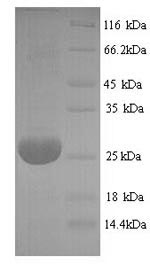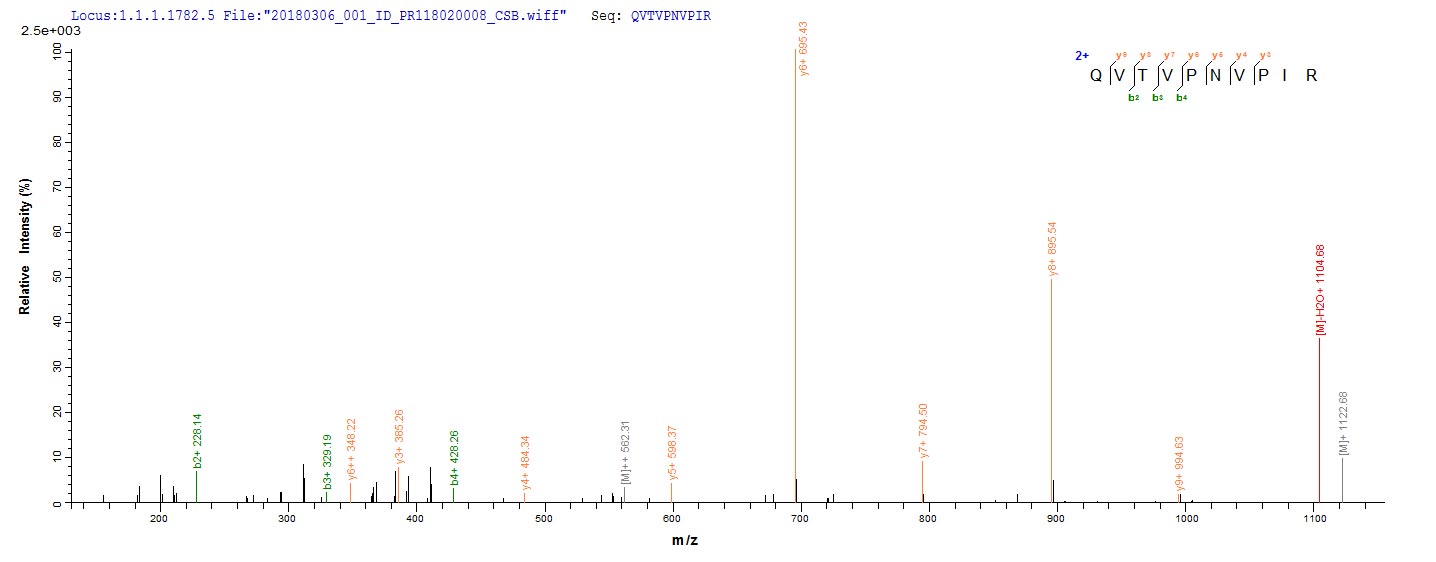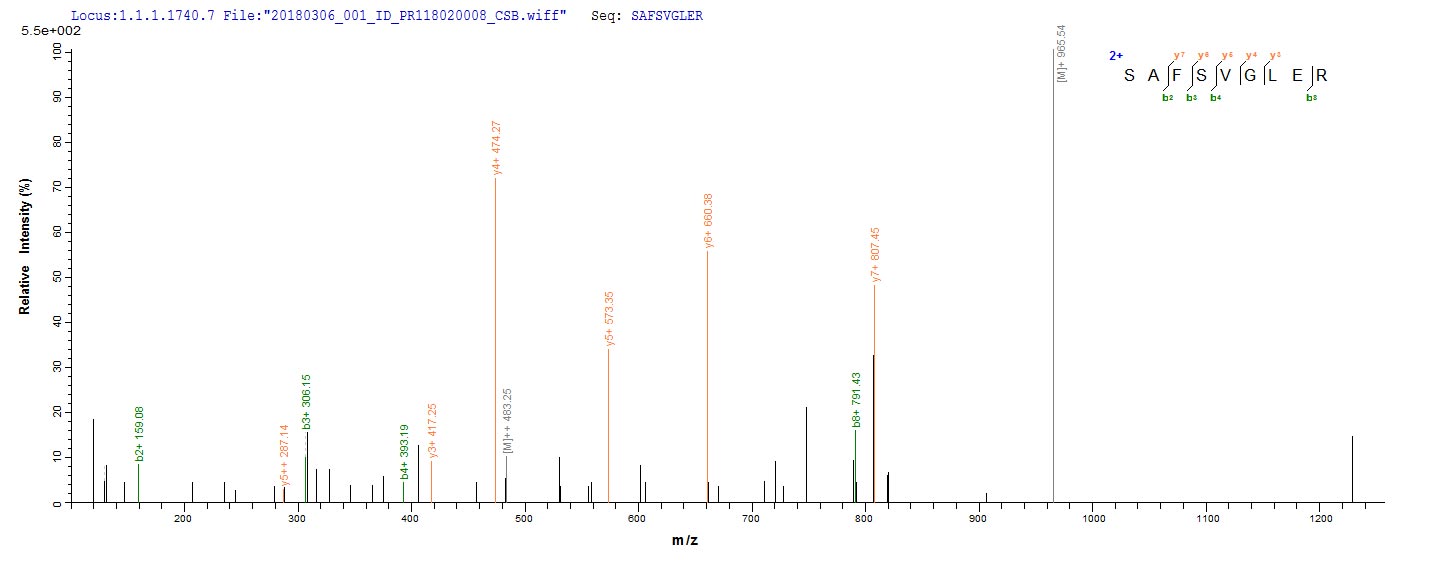The recombinant Bovine ADIPOQ protein production in Yeast cells involves the integration of a DNA fragment encoding the Bovine ADIPOQ protein (18-240aa) into a plasmid vector, which is then introduced into Yeast cells. Following screening, positive cells are cultured and induced to synthesize the ADIPOQ protein. A N-terminal 6xHis tag is attached to the protein. Cell lysis is carried out to harvest the recombinant Bovine ADIPOQ protein, which is purified through affinity purification and then analyzed using SDS-PAGE and subsequent staining of the gel with Coomassie Brilliant Blue. The purity of the resulting recombinant Bovine ADIPOQ protein reaches over 90%.








